|
Here's a set of images comparing light pollution between Crowdy Reservoir on Bodmin Moor, Cornwall, and south-east Hertfordshire, about a mile north-east of the town of Ware. The same camera, lens, exposure settings and processing were used for both sets - Samyang 14mm lens at f2.8, Canon 700d (unmodded), 30 seconds at ISO 800 (with a +0.67 brightness adjustment in the Canon DPP software, making them roughly equivalent to ISO 1,300) - to make the comparison as fair as possible. They aren't quite right, the horizons between the two sets don't match up, but they show the stark difference in the levels of light pollution. It would be interesting to see similar shots from around the UK, I expect that most people who live in or around urban centres would experience something similar.
Despite appearances, the out-of-town Hertfordshire site can still be enjoyed for stargazing - a 30 second exposure with a fast lens exaggerates the light pollution somewhat. On a good night it's possible to pick out the Milky Way and Andromeda galaxy with the naked eye, and while the views towards the horizon are restricted - especially to the south - there is still a fair slice of sky available. If you live in a light polluted area here are a few tips to enhance your viewing:
For visual observations, a dark site can be thought of as an aperture multiplier - better views can be obtained with a small telescope at a dark site than a large one under light polluted skies, as greater contrast is delivered at the eyepiece.
0 Comments
Your comment will be posted after it is approved.
Leave a Reply. |
Archives
May 2020
Categories
All
|
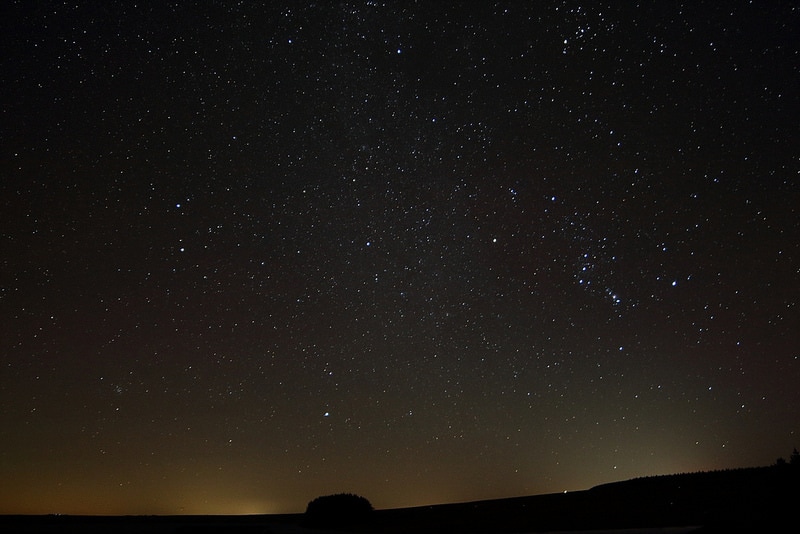
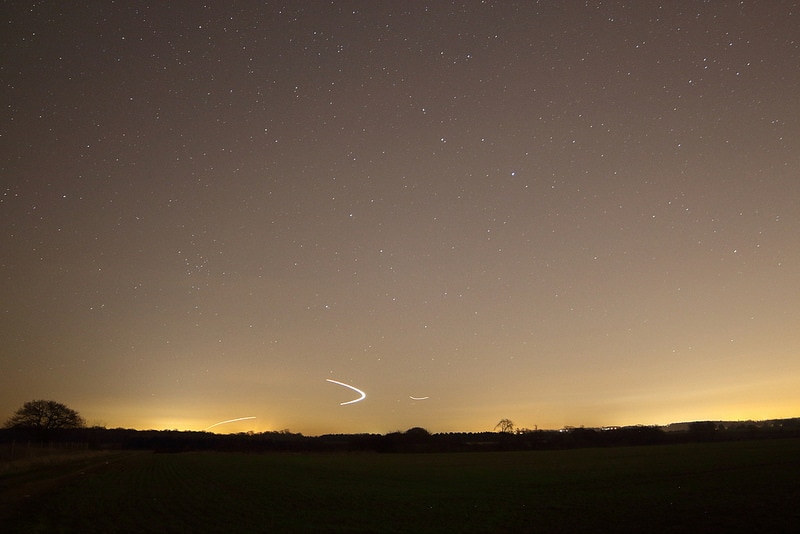
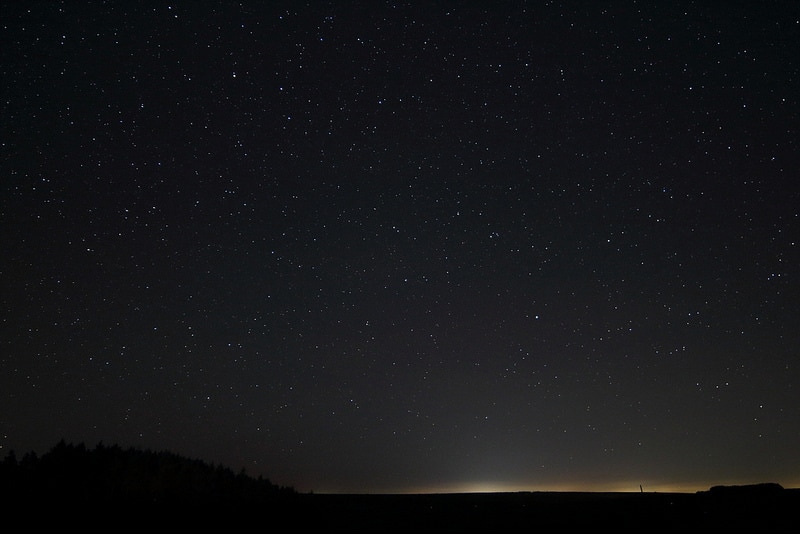
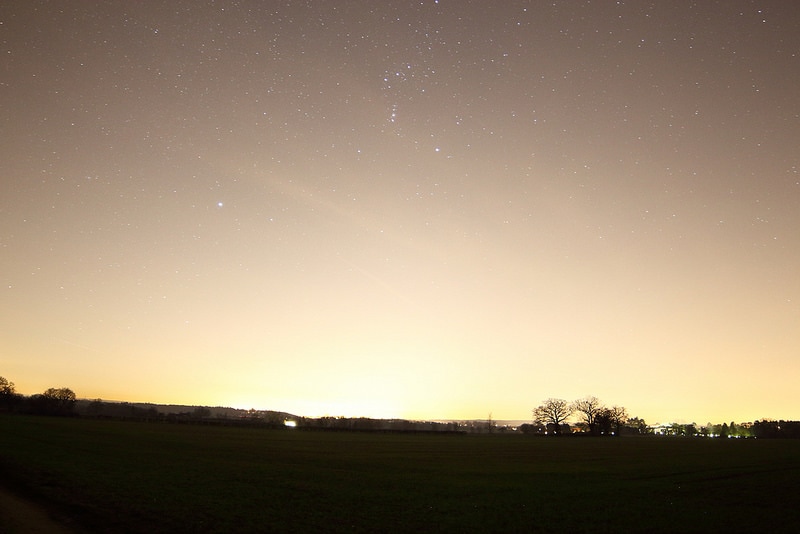
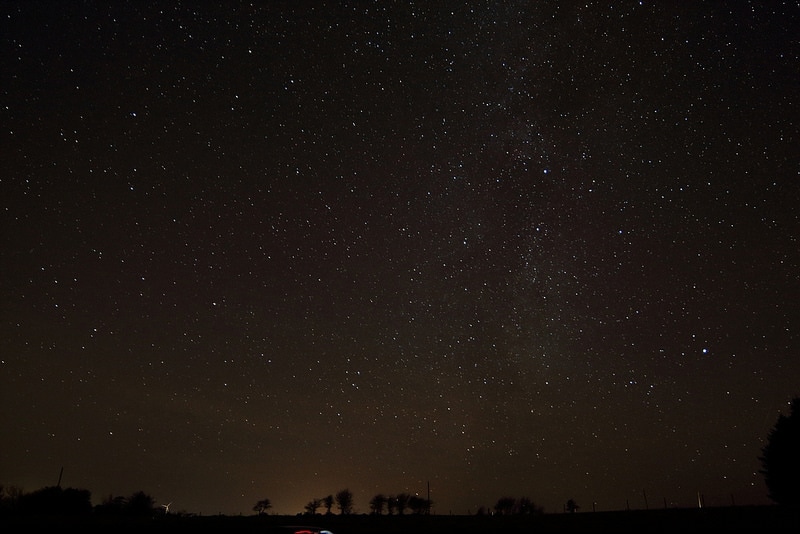
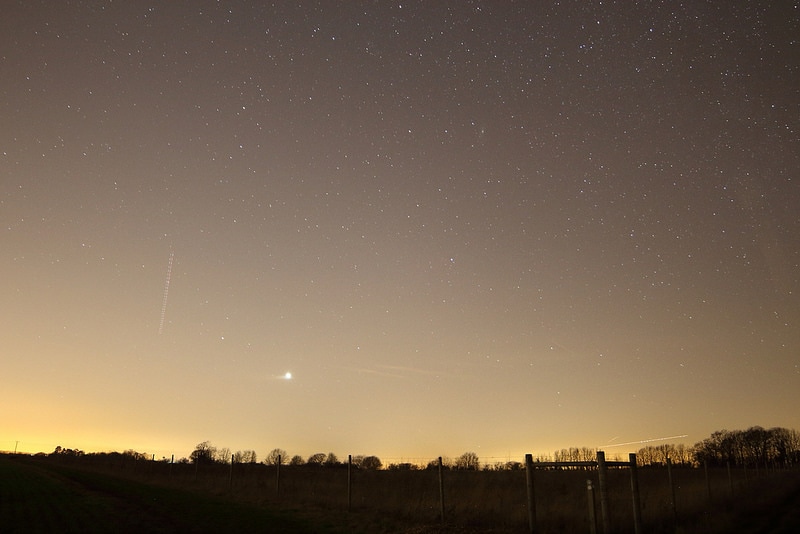
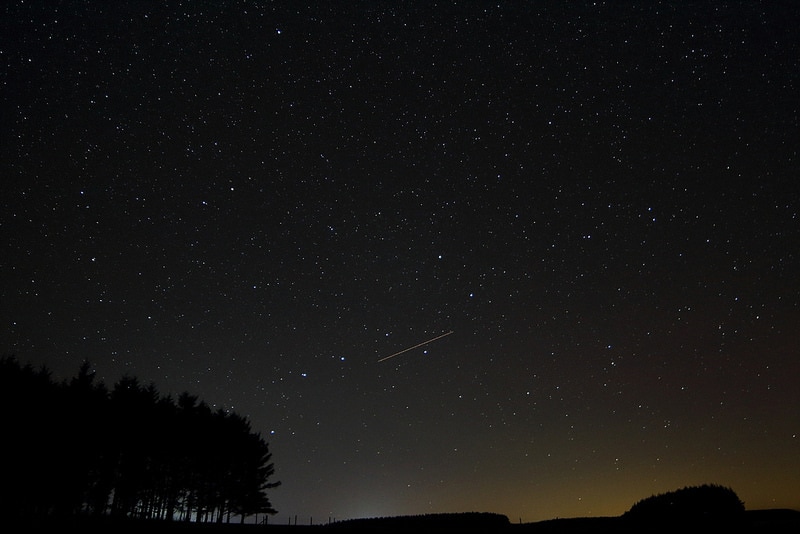
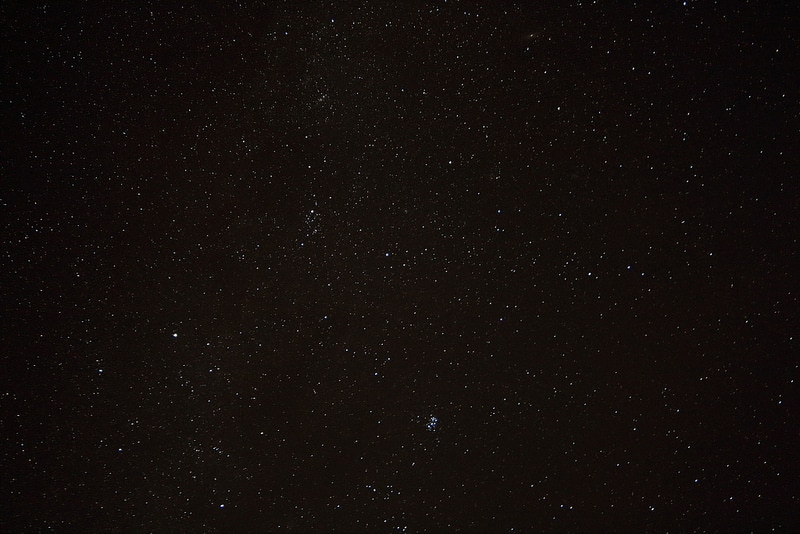
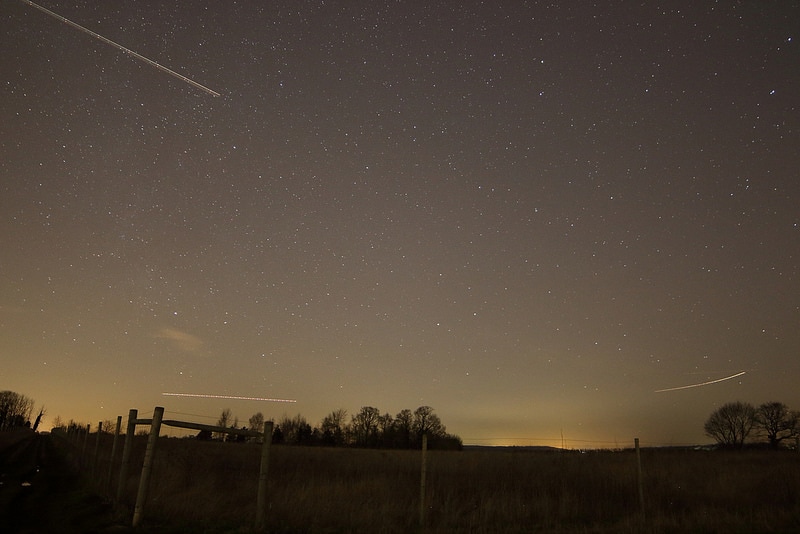
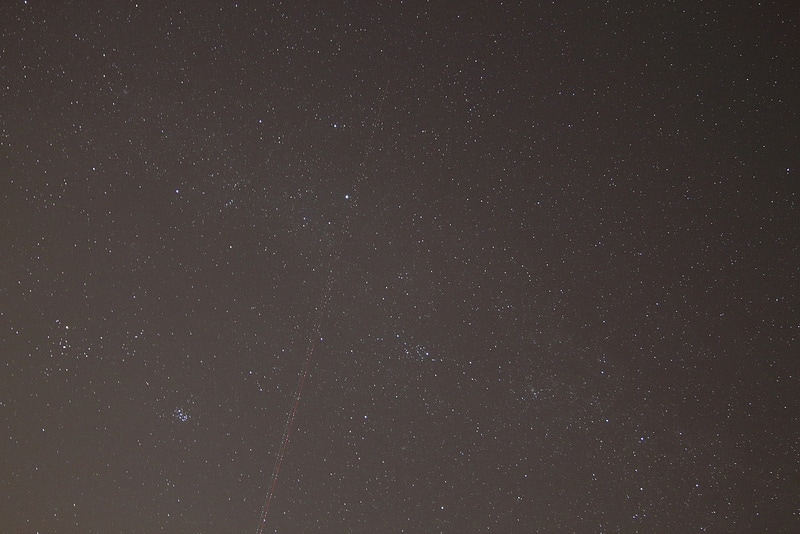
 RSS Feed
RSS Feed